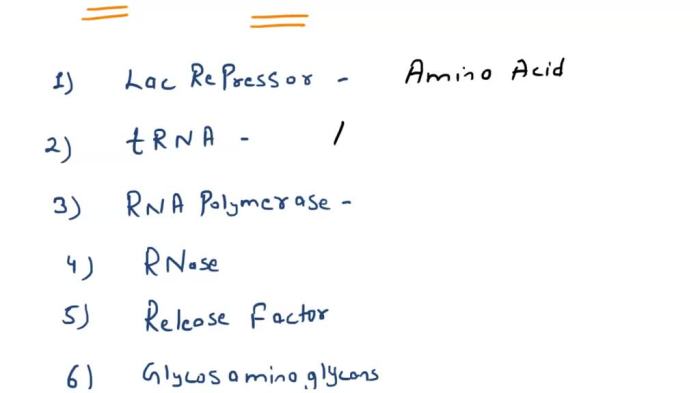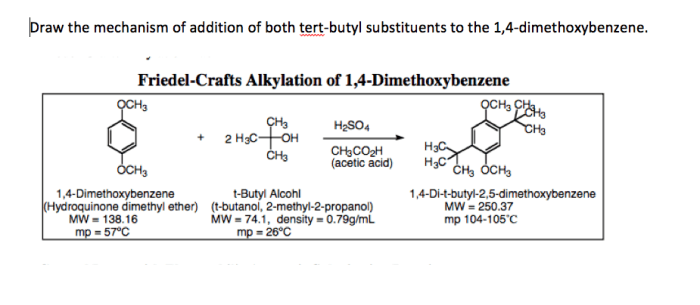Match the organic molecules with the correct subunits. – Delving into the fascinating realm of organic molecules and their subunits, this comprehensive guide unveils the intricate relationship between these building blocks of life. Embark on a journey to unravel the significance of matching organic molecules with their correct subunits, a fundamental concept that holds immense implications for understanding the diverse functions and properties of these molecules in living organisms.
This discourse explores the concept of organic molecules, their composition, and the vital role they play in biological processes. We delve into the nature of subunits, their types, and their profound influence on the characteristics of organic molecules. Furthermore, we present a comprehensive table showcasing examples of organic molecules and their corresponding subunits, elucidating the rationale behind these pairings.
Overview of Organic Molecules

Organic molecules are compounds that contain carbon atoms and are essential components of all living organisms. They play a vital role in biological processes such as metabolism, energy storage, and cell structure.
Examples of organic molecules include carbohydrates, proteins, lipids, and nucleic acids. Carbohydrates provide energy to cells, proteins facilitate chemical reactions, lipids store energy and form cell membranes, while nucleic acids carry genetic information.
Subunits of Organic Molecules

Organic molecules are composed of subunits called functional groups. Functional groups are atoms or groups of atoms that have a characteristic chemical structure and reactivity.
Common functional groups include hydroxyl (-OH), amino (-NH2), carboxyl (-COOH), and carbonyl (-C=O). These functional groups determine the properties and reactivity of organic molecules.
Matching Organic Molecules to Subunits

Matching organic molecules to their subunits is crucial for understanding their chemical properties and biological functions.
For example, carbohydrates contain hydroxyl groups, proteins contain amino groups, lipids contain carboxyl and carbonyl groups, and nucleic acids contain phosphate and nitrogenous bases.
Applications of Matching Organic Molecules to Subunits: Match The Organic Molecules With The Correct Subunits.

Matching organic molecules to their subunits has numerous practical applications:
- Drug design: Understanding the subunits of organic molecules helps in designing drugs that target specific functional groups and biological pathways.
- Biochemistry: Matching organic molecules to subunits aids in studying metabolic pathways and enzyme reactions.
- Environmental science: Identifying the subunits of organic molecules is essential for understanding their environmental fate and degradation.
Questions Often Asked
What is the significance of matching organic molecules with their correct subunits?
Matching organic molecules with their correct subunits is crucial for understanding their properties, reactivity, and biological functions. Subunits determine the molecular structure, which in turn influences the molecule’s behavior and interactions within living organisms.
How can we determine the subunits of an organic molecule?
Subunits can be identified through various analytical techniques, such as spectroscopy, chromatography, and mass spectrometry. These techniques provide information about the molecular structure and composition, allowing scientists to deduce the subunits present in the molecule.
What are some practical applications of matching organic molecules with their subunits?
Matching organic molecules with their subunits has numerous applications, including drug design, materials science, and environmental remediation. By understanding the structure-function relationship of organic molecules, scientists can tailor them for specific purposes, such as developing new pharmaceuticals or biodegradable plastics.
